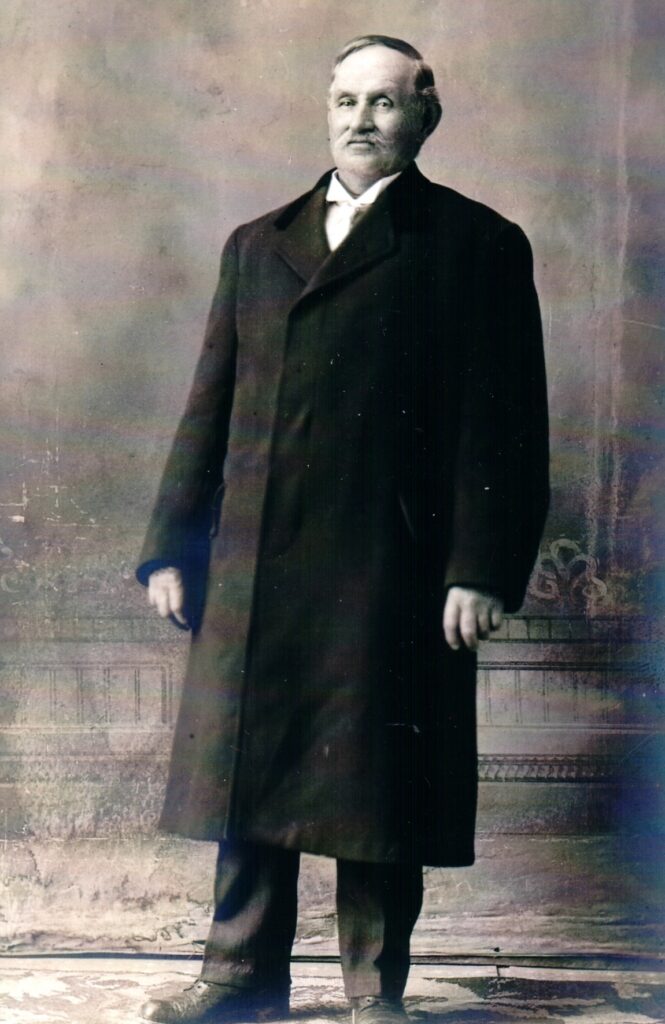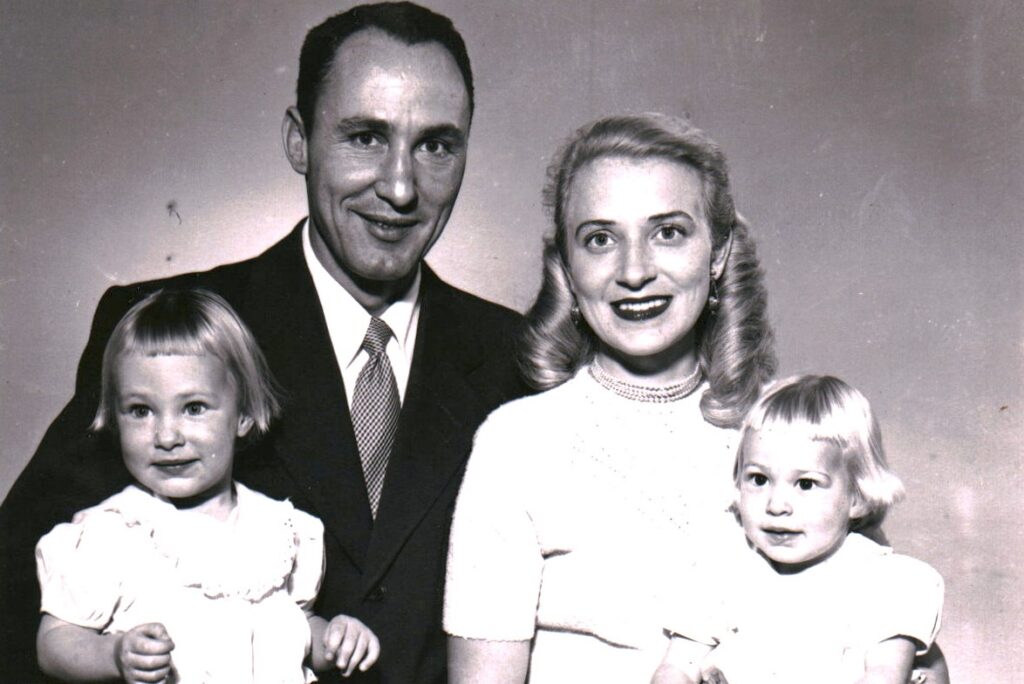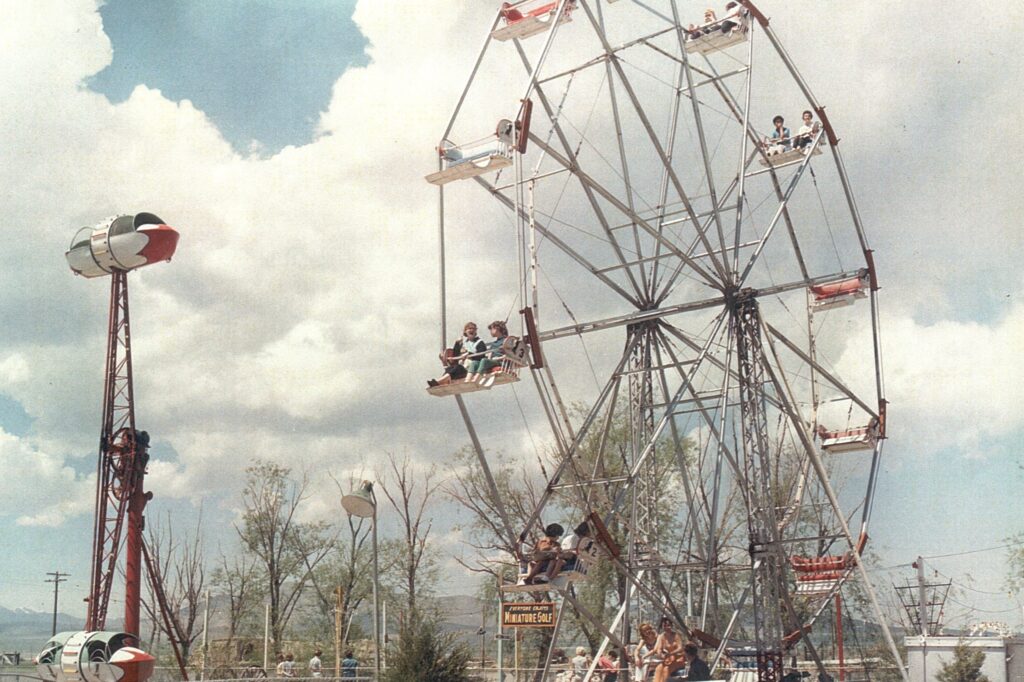Features
Saratoga Resort historical marker to be unveiled Thursday, August 7, public welcome
Published
4 months agoon
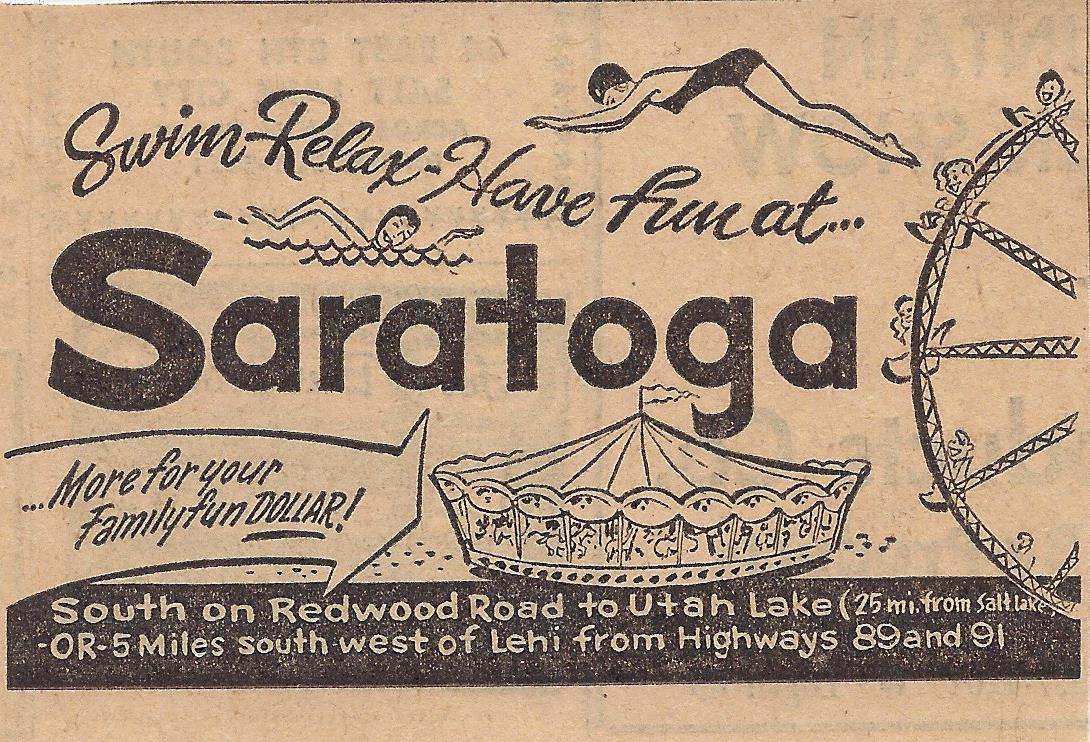
History outlined, Beck and Eastmond families play key roles in Saratoga’s history
Nicole Kunze | Lehi Historical Society
The Lehi Historical Society will unveil the historical marker for Saratoga Resort on Thursday, August 7, at 7:00, at 791 N. 100 East.
“We hope everyone will join us,” said Lara Bangerter, director of the Lehi Historical Society. “The resort provided respite and entertainment to the people of Lehi for more than 100 years.”
The marker is on the site of the former home of John Beck, the man who purchased the acreage surrounding the hot spring near Utah Lake in the late 1800s with visions of a resort like the famous Saratoga Springs in New York state.
As a child, Beck lived with his family in Aichelberg, Wurttemberg, Germany. Education was important in the Beck household, and John proved to be a successful, curious student. Beck left home at the age of 14 to learn the hotel business in Stuttgart. He studied the French, Italian and English languages, and traveled all over Europe to get to know his chosen vocation.
Beck was in Switzerland in 1861 when he met missionaries from The Church of Jesus Christ of Latter-day Saints. He enthusiastically embraced the religion and then converted his family. Beck was called to be a branch president, then a mission leader for the Germany Swiss Mission, while still a teenager.
In 1864, at the age of 22, Beck left his native land, crossed the plains in America and spent his first winter in Lehi. When spring came, he went to Sevier County to take up homestead sites. He wasn’t there long before he lost his property during the Blackhawk War, the first of many financial setbacks for Beck.
Beck returned to Lehi and leased property near the shores of Utah Lake, where he raised sheep and manufactured charcoal. It was his first exposure to the hot spring that would become Saratoga Resort. Beck made enough money that first year (1865) to marry his third cousin and fellow Aichelberg native, Sarah Beck, and build their home in Lehi.
In 1870, Beck started his mining career when he purchased an interest in the Eureka Mine that had recently been discovered in the Tintic district. He spent $6,000, about $150,000 today, developing the property and learning everything he could about mining. Yet, he lost his fortune again, this time because of lawsuits over the mine.
Undaunted, Beck used what he’d learned and turned his fortune around again with his discovery of another mine in Tintic. That claim became the Bullion-Beck Mine and made millions for its stockholders, including Beck.
Beck was always a creative, generous man, no matter his financial circumstances. During his prosperous mining years, he built and paid for a church and schoolhouse in Eureka. In Lehi, he built a theater, helped create a hall for the Relief Society, and purchased land for Lehi’s first City Park, where the Lehi Round-Up Rodeo Grounds are today. He financed the first brass band in Lehi, of which he was a member. Beck also helped found and promote the Deaf Mute Institute of Utah.
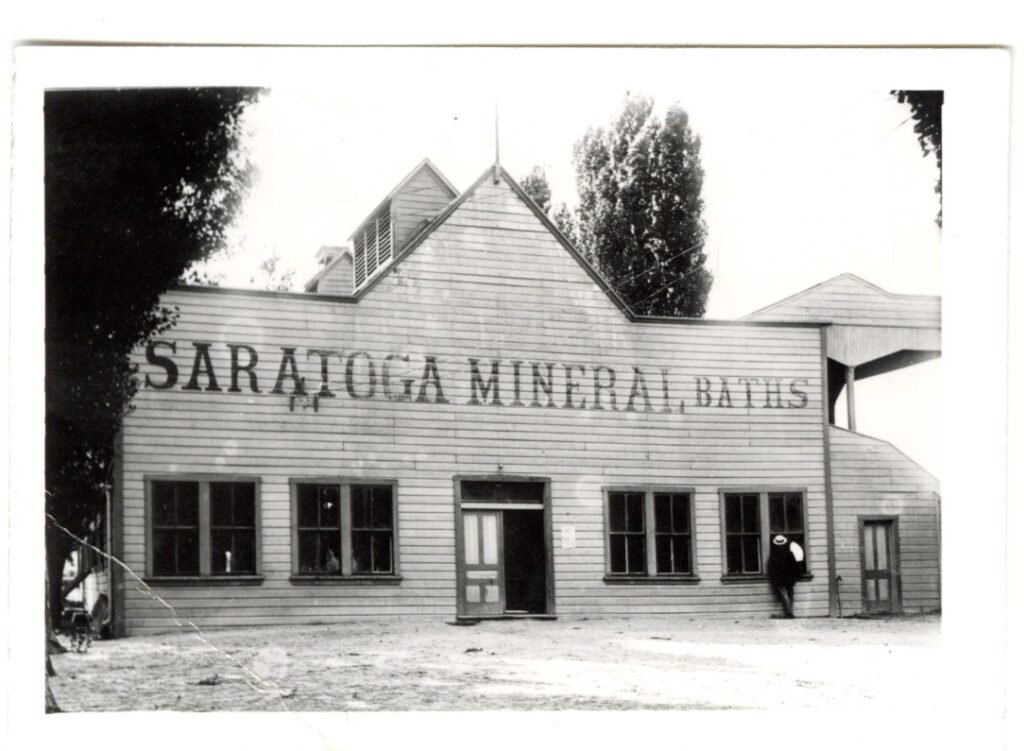
Beck’s experience in the hospitality industry in Europe surely came into play as he developed what would become the Saratoga Resort, which at the 1884 opening was known as Beck’s Saratoga Springs. The resort featured plunge baths, rowboats, baseball grounds and shooting galleries. Each year after the opening, John Beck would add something to the resort to attract more visitors.
One of the many challenges in establishing a resort on the shore of Utah Lake, almost five miles from town in the 1890s, was transporting visitors to the resort. Though the Oregon Short Line and Denver & Rio Grande railroads traversed Lehi, the resort could only be reached by crossing the Jordan River Bridge going west, then following what is now Redwood Road southward to the resort. An ad in the Lehi Banner in 1893 read, “Hurrah for Beck’s Saratoga Springs,” followed by information on how to catch a ride on a horse-drawn wagon from the Co-op Livery Stable in Lehi to Beck’s Warm Spring for 50 cents round trip.
In 1894, resort manager George Beck installed a dancing floor and picnic tables in the apple orchards surrounding the hot springs. Dances at Saratoga Springs became a decades-long tradition for young adults in northern Utah County.
Most resort-goers went to Saratoga for recreation, but others went for health reasons and stayed for days or weeks at a time in the large adobe boarding house or camp tents. A Lehi Banner ad in 1897 noted that a principal attraction of the place is a thermal spring “whose waters are claimed to be superior to any other in the state for their medicinal properties,” particularly good for curing “those afflicted with gout and rheumatism.” Professor A. Siebert, a graduate of Heidelberg University in Germany, even bottled Saratoga Springs water for “internal application,” calling it “Saratoga Salvation.”
John Beck lost his fortune again around the turn of the century and sold the Saratoga Resort to the Utah Sugar Company in May 1900. The resort continued to draw crowds and host dances. Then, the Utah Sugar Company sold the property to the Austin Brothers and Austin and Sons Sheep companies in 1914, for $60,000 (almost $2 million in today’s currency). The Austin brothers conceived a resort town surrounding the hot spring, complete with lakefront suburban homes and streetcars. World War I interrupted the property development, which fizzled out, and the Saratoga Resort continued operations as usual with several different managers.
In 1930, Frank H. Eastmond, operator of the popular Geneva Resort on the east side of Utah Lake, purchased an interest in the Saratoga Resort and managed it starting that year. Eastmond and his wife Clarissa undertook ambitious remodeling projects at the Saratoga Resort. They made a new entrance, added a parking lot, tore down the adobe boarding house, sodded the baseball diamond and painted and decorated the dancing pavilion.
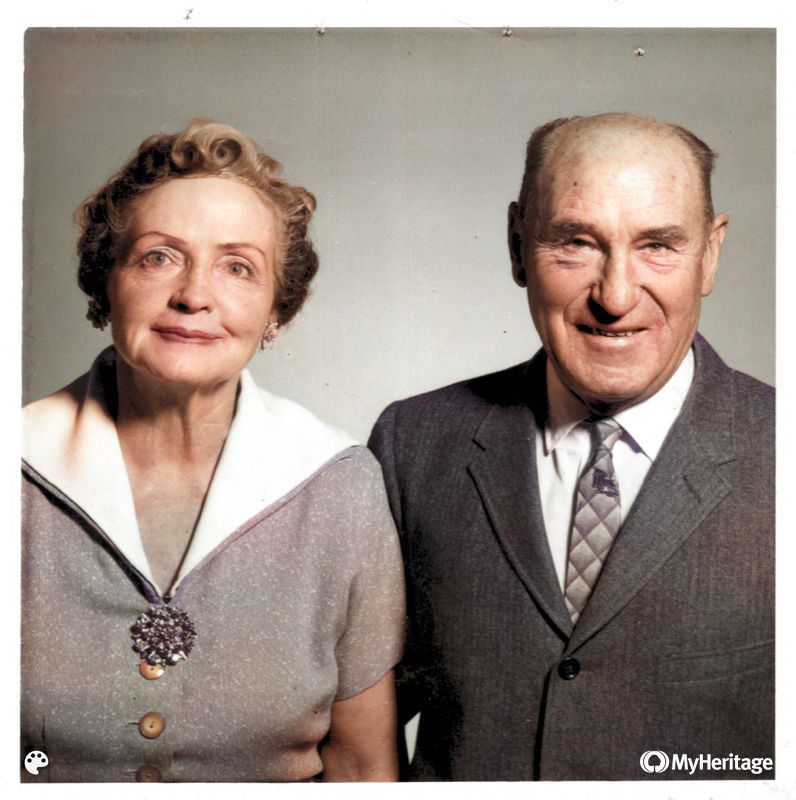
Photo courtesy of Daniel Eastmond.
The most dramatic improvements, though, were the swimming pools. Eastmond, a wood and metal shop teacher at Irving Junior High in Salt Lake City, designed an ingenious water filtration system and raised the temperature of the pools a few degrees to make them more invigorating instead of fatiguing.
For 23 years, from 1930 to 1953, Frank Eastmond managed the Saratoga Resort, continually improving operations and creating fun promotional events like boxing and wrestling exhibits, swimming nights, beauty pageants, ladies swim free nights, frog-catching contests and even a battle of music. He sponsored swimming teams and hosted weekly contests where athletes could compete for prize money.
One thing that always remained at the Saratoga Resort, even after Eastmond’s time, was the dancing. During the summer of 1937, a free bus left the Lehi Drug Store at 9 p.m. on Saturday nights to take dancers to the Saratoga Resort. Live music and dancing were a popular attraction until the late 1960s.
In 1938, Saratoga Springs was in the running to be the site of a new state prison. Despite the advantages of an influx of state money and new jobs, many Lehi citizens spoke against a prison at Saratoga Springs. In a citizen petition against the construction of the prison, one of the reasons listed was, “We feel that the Saratoga Resort as a resort is a bigger asset to the community than a state penitentiary would be and now that we have a fine highway to the resort, we do not feel that it should be closed for prison farm use. Thousands of people patronize the resort each year.” Lehi citizens breathed a sigh of relief when the prison site selection committee chose the Point of the Mountain site.
Frank Eastmond suffered a stroke in 1953 and relinquished management of the resort, as well as his other resorts, to his sons, R.T. (Dick), J.N. (Jeff) and R.M. (Mick). They continued to make improvements and host large groups for big events. In 1963, Mick became sole manager of the resort, though other family members remained stockholders in the corporation.
In 1968, a fire caused damage to the tune of $100,000, almost a million dollars today. Two historic, wooden buildings were lost to the fire, including the indoor pool. Mick worked tirelessly to clean up the fire and build new dressing rooms before the Memorial Day opening in 1968.
In the late 1970s, Eastmond changed the tone of the Saratoga Resort from a carnival atmosphere to expanded picnic grounds, a new boat harbor and the infamous “Kamikaze” waterslide. The new slide was two stories high and twisted and curved until the climactic entrance into the former children’s wading pool. Many swimsuits were ruined on that slide, but it was an irresistible attraction.
Saratoga Resort became part of Saratoga Springs in 1997, when the city was incorporated. A clubhouse pool and pavilions remain where the resort used to be. Long-time Lehi residents, as well as many Northern Utah County residents, have cherished summer memories of the old Saratoga Resort.
Information for this article was taken from “Lehi: Portraits of a Utah Town” by Richard Van Wagoner (1990), “History of Utah” by Orson F. Whitney (1904) and “History of Lehi” by Hamilton Gardner (1913).

You may like
-


Lehi to host national hoops showcase
-


Pioneer boys begin with tough schedule
-


Falcon boys make promising start
-


Falcon girls start 3-1 in hoops
-


Lehi, Skyridge runners cap season at Brooks West Regionals
-


Pioneer girls win hoops tourney title
-


Lehi City to host its first-ever community Chanukah Celebration
-


Lehi Real Estate Snapshot: November 2025
-


BREAKING NEWS: Paige Albrecht announces departure from Lehi City Council, expresses gratitude
-
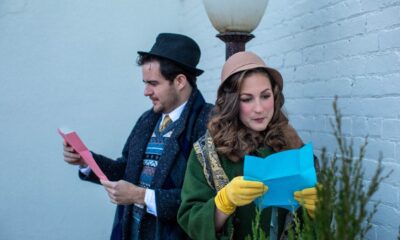

Experience the charm of “She Loves Me,” presented by the Lehi Arts Council

